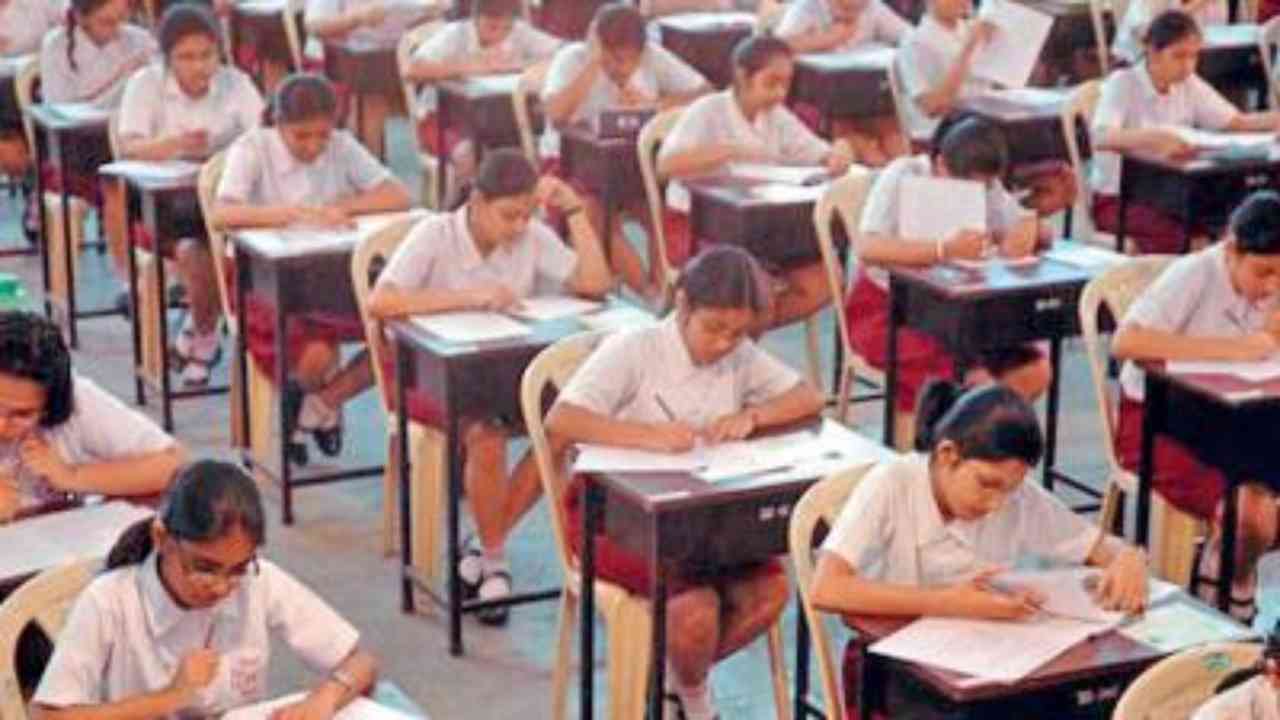NEW DELHI: On Wednesday, July 29, the Union Cabinet approved the New Education Policy (NEP). The Cabinet has renamed the Ministry of Human Resource and Development (MHRD) as the Ministry of Education as one of the major decisions.
NEP lays down that all higher education institutions should have to transparently disclose fees charged by them and any profits have to be reinvested in the education sector.
Post approving of the NEP 2020, major reforms in higher education have been made that include the target of 50% gross enrollment ratio by 2035 and provision for multiple entry/exit.
National Education Policy 2020 aims through a suitable system of graded academic, administrative and financial autonomy of institutions and in a phased manner over a period of 15 years, all HEIs in India to become independent self-governing institutions pursuing innovation and excellence.
E-courses would be developed in regional languages; virtual labs will be developed and a National Educational Technology Forum(NETF) is being created.
Universalization of Early Childhood Care Education. The new education policy proposed a new Curricular and Pedagogical Structure, with 5+3+3+4 design covering the children in the age group 3-18 years. This includes:
- 5 years of the Foundational Stage: 3 years of pre-primary school and Grades 1, 2
- 3 years of the Preparatory (or Latter Primary) Stage: Grades 3, 4, 5
- 3 years of the Middle (or Upper Primary) Stage: Grades 6, 7, 8
- 4 years of the High (or Secondary) Stage: Grades 9, 10, 11, 12.
Board exams will be low stakes, based on knowledge application. The medium of instruction till at least Grade 5, and preferable till Grade 8 and beyond in Home Language/Mother tongue/Regional Language. NTA to offer Common Entrance Exam to admission to HEIs.
All fees and charges set by private Higher institute will be transparently and fully disclosed, as per NEP 2020, and there shall be no arbitrary surges in these fees amid the period of enrolment of any student. This fee determining mechanism will make sure reasonable recovery of cost while ensuring that HEIs discharge their social obligations.
Upon receiving the appropriately graded accreditations, a Board of Governors (BoG) shall be established. Equity considerations will also be taken care of while selecting the members, as per the policy.
Stand-alone agricultural universities, legal universities, health science universities, technical universities, and stand-alone institutions in other fields, will aim to become multidisciplinary institutions offering holistic and multidisciplinary education.
India must also start preparing professionals in cutting-edge areas that are fast gaining prominence, such as Artificial Intelligence (AI), 3-D machining, big data analysis, and machine learning, in addition to genomic studies, biotechnology, nanotechnology, neuroscience, with important applications to health, environment, and sustainable living that will be woven into undergraduate education for enhancing employability of the youth.
All institutions offering either professional or general education shall aim to organically evolve into institutions offering both seamlessly, and in an integrated manner by 2030.
Read: NEP 2020: Key highlights of New Education Policy you need to know























